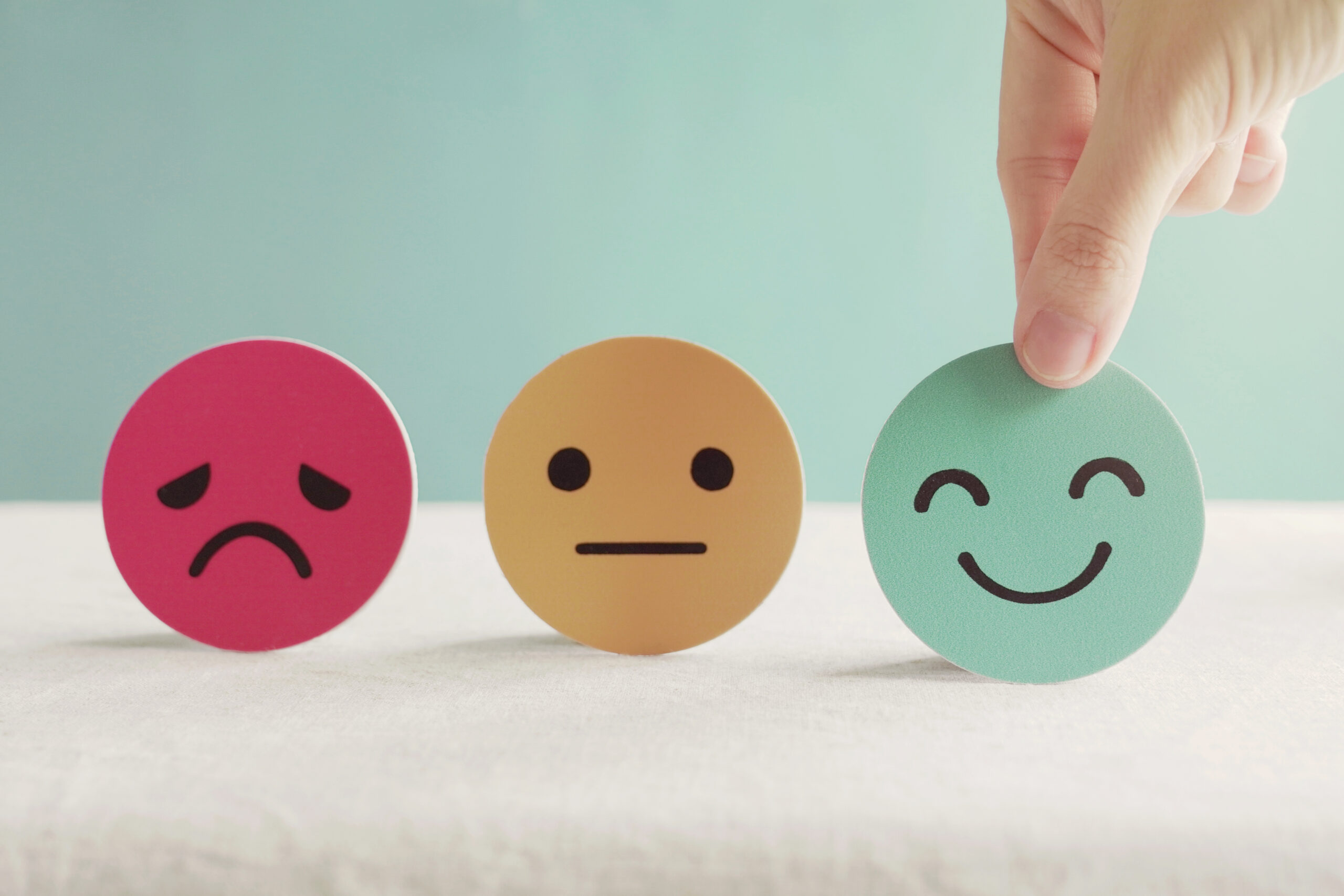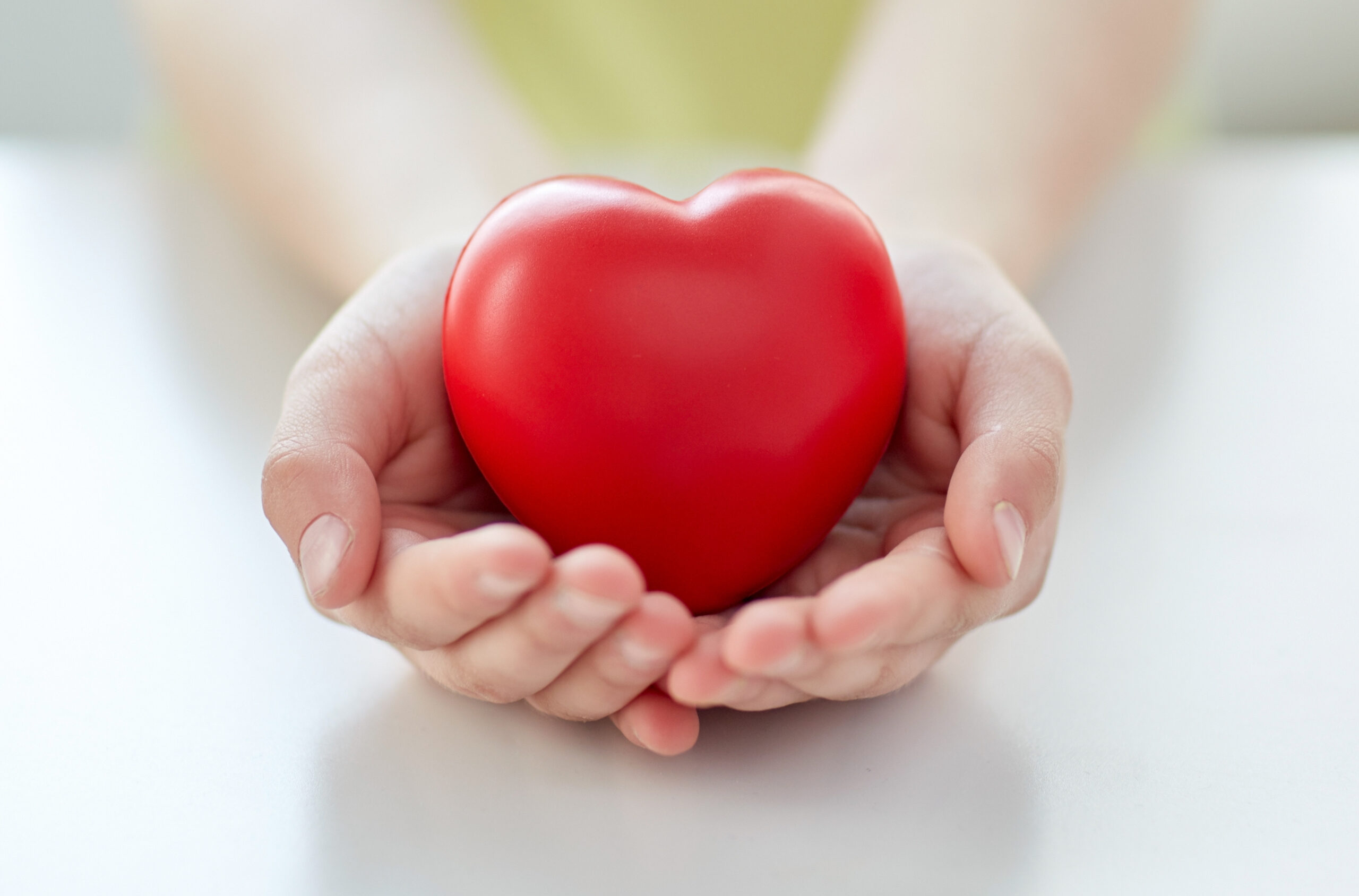An American study has shown interesting results on the link with dietary salt, or sodium levels, and organ damage. We’re led to believe that salt is mainly a problem in conjunction with high blood pressure, but this study seems to show that some people can show damage internally without the external sign of raised blood pressure.
A review paper by a team from the University of Delaware indicates that even in the absence of an increase in blood pressure, excess dietary sodium can adversely affect target organs, including the blood vessels, heart, kidneys and brain. Authors of the paper, “Dietary Sodium and Health: More Than Just Blood Pressure,” include William Farquhar and David Edwards in UD’s Department of Kinesiology and Applied Physiology and William Weintraub, chief of cardiology at Christiana Care.
“Blood pressure responses to alterations in dietary sodium vary widely, which has led to the concept of ‘salt-sensitive’ blood pressure,” says Farquhar. “There are no standardized guidelines for classifying individuals as having salt-sensitive blood pressure, but if blood pressure increases during a period of high dietary sodium or decreases during a low-sodium period, the person is considered salt sensitive. If there’s no change in blood pressure with sodium restriction, an individual is considered salt resistant.”
However, the research cited in the paper points to evidence of adverse effects on multiple target organs and tissues, even for people who are salt resistant.
So what does the salt actually do internally?
Potential effects on the arteries include reduced function of the endothelium, which is the inner lining of blood vessels. Endothelial cells mediate a number of processes, including coagulation, platelet adhesion and immune function. Elevated dietary sodium can also increase arterial stiffness.
“High dietary sodium can also lead to left ventricular hypertrophy, or enlargement of the muscle tissue that makes up the wall of the heart’s main pumping chamber,” Edwards says. “As the walls of the chamber grow thicker, they become less compliant and eventually are unable to pump as forcefully as a healthy heart.”
Regarding the kidneys, evidence suggests that high sodium is associated with reduced renal function, a decline observed with only a minimal increase in blood pressure.
Finally, sodium may also affect the sympathetic nervous system, which activates what is often termed the fight-or-flight response.
“Chronically elevated dietary sodium may ‘sensitize’ sympathetic neurons in the brain, causing a greater response to a variety of stimuli, including skeletal muscle contraction,” Farquhar says. “Again, even if blood pressure isn’t increased, chronically increased sympathetic outflow may have harmful effects on target organs.”
Which foods contain all this salt?
Taking the salt shaker off the table is a good way to start, but it’s probably not enough, says Weintraub, whose work focuses on cardiology outcomes.
“Approximately 70 percent of the sodium in our diets comes from processed foods, including items that we don’t typically think of as salty such as breads and cereals,” he says. “Also, restaurant food typically contains more salt than dishes prepared at home, so eating out less can help reduce salt intake, especially if herbs and spices — instead of salt — are used to add flavor to home-cooked meals.”
But the authors acknowledge that shaking the salt habit won’t be easy, and it won’t happen overnight.
“Reducing sodium will take a coordinated effort involving organizations like the AHA, food producers and processors, restaurants, and public policy aimed at education,” Weintraub says.
So, what do we recommend for healthy sodium intakes? When cooking, choose fresh local ingredients over packaged, processed foods. Try not to add extra salt before serving as the taste can be diluted but the sodium content can still be detected in the food. Taste your food before adding salt at the table; a lot of products like bacon, smoked fish, and cheese have salt already so the overall meal can still taste salty without needing any extra added. And finally, choose a pure salt like Maldon flakes, Cornish seasalt or Himalayan salt as they don’t contain harmful nasties, and add sparingly. Low sodium in the blood can lead to what is called hyponatremia. Signs of hyponatremia are fatigue, seizures, muscle spasms, confusion and coma. Sodium deficiency is usually caused by vomiting, diarrhea, drinking excessive fluid (especially water), and excessive sweating. It is rarely caused by lack of sodium in the diet.
Sodium is used for synapses to fire in the brain and for muscle contractions so it’s imperative we have enough in our diets. Foods like milk, beets and celery all are a natural source of sodium. The US National Institute of Health says ‘Hidden sodium is in items such as Worcestershire sauce, soy sauce, onion salt, garlic salt, and bouillon cubes. Processed meats like bacon, sausage, and ham, and canned soups and vegetables also contain added sodium. Fast foods are generally very high in sodium.” So it’s easy to have enough, but also easy to have excess sodium. Eat smart, be healthy.
http://www.sciencedaily.com/releases/2015/03/150310160033.htm?utm_source=feedburner&utm_medium=email&utm_campaign=Feed%3A+sciencedaily+%28Latest+Science+News+–+ScienceDaily%29



